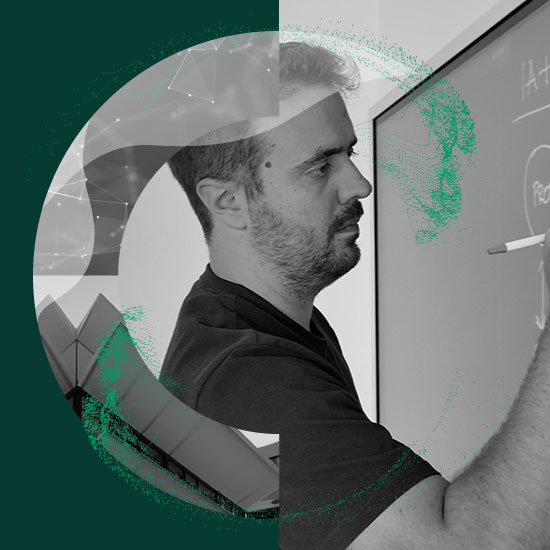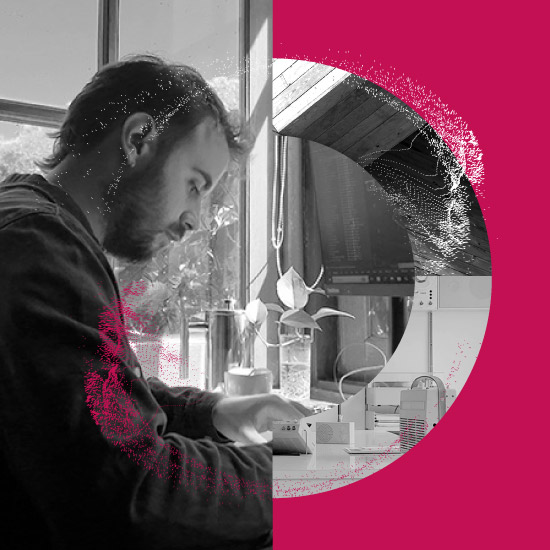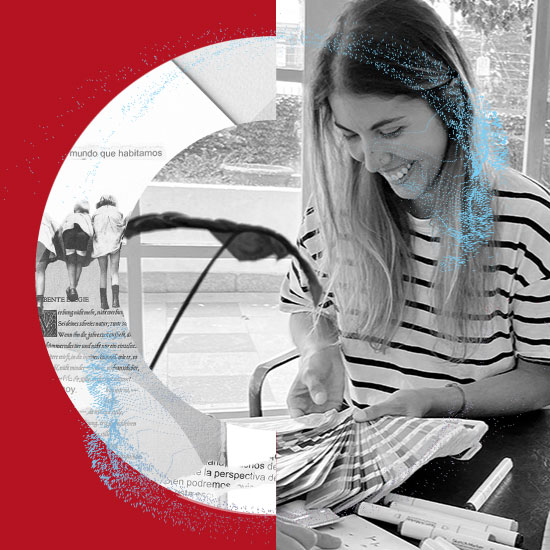


Maria Risso Castiglioni is a distinguished Public Accountant, an alumnus of the Faculty of Economic Sciences and Administration at the University of the Republic (Montevideo - Uruguay). Her academic credentials are further enhanced by a Master's Degree in Project Management from the University of Barcelona (Spain), a Postgraduate Degree in Marketing from the University of the Republic (Montevideo - Uruguay), and a Master's in Digital International Business from Pompeu Fabra University (Barcelona – Spain). Her professional expertise is complemented by specialized training in Negotiation and Coaching.
The discourse on project management, encompassing its discipline, methodologies, and tools, is extensive. As an initial proposition, we delve into the assertion that Project Management transcends mere technique, embodying a mindset underpinned by methodologies that operationalize strategic thinking.
But why classify it as a mindset? How do we conceptualize project management in practice?
Project management is inherently tied to Strategic Management, where strategic thinking involves analyzing problems from diverse perspectives, identifying opportunities and threats, and leveraging knowledge, experience, and creativity for problem-solving and capitalization, thereby achieving predefined objectives.
Central to every project is the unwavering focus on objective attainment. Understanding the client's business model allows for the setting of specific goals, from which the Project Manager (PM) commences the project lifecycle.
For instance, in the realm of architecture, objectives can vary significantly, since each project, ranging from a masterplan for a develope to new corporate facilities, has its distintict goals,
The PM, leveraging strategic insight, ensures the project's progression aligns with the planned trajectory, managing any deviations that arise.
Adopting a Systemic Approach enables the comprehension and visualization of the project components as a cohesive whole, fostering interconnections and establishing a circular, interrelated system. This integrated mindset facilitates a multidisciplinary and transdisciplinary perspective on project management.
In architectural projects, for example, it is crucial to consider various dimensions such as economic and commercial factors (budget allocation, client agreements, anticipated investments, etc.), production deliverables (specificities of project areas), and compliance with contractual and regulatory standards, among others.
Navigating the complexities of these diverse perspectives and aligning multiple stakeholder interests is essential for the successful execution of a project.
This understanding is pivotal in strategically managing and influencing projects from inception, through conceptualization, potentially serving as a catalyst for new ventures or intrapreneurial initiatives within organizations. Similarly, the conceptualization process applicable to projects can be adapted to entrepreneurship or corporate ventures.
Early strategic influence often leads to the generation of ancillary projects, expanding the original project's scope.
Consider, for example, a commission to design a new retail space strictly adhering to a commercial program. During the feasibility and economic analysis phase, the architectural design evolves to incorporate a residential component, transforming the initial commercial project into a mixed-use development with residential towers and a shopping center.
Another pertinent concept in Project Management is Wirearchy, facilitating a multidisciplinary and transdisciplinary approach.
Wirearchy, an organizational and operational model, embraces change and uncertainty, prioritizing collaboration and participatory decision-making among team members. This model promotes decentralized and distributed decision-making processes.
The development and implementation of Disney's FastPass system exemplify Wirearchy in action, aiming to enhance visitor experience by minimizing attraction wait times through innovative, data-driven solutions originated from employee insights.
Organizations face the challenge of reconciling traditional certainties with emerging realities, striving for reliability and innovation while adapting cultural and operational paradigms. Credibility, fostering understanding and emotional connections, and nurturing new organizational structures are instrumental in driving collective innovation and fostering a cooperative work environment.
Project management methodologies, whether traditional (waterfall) or Agile (Lean, Scrum, Kanban), offer structured approaches to project execution. The traditional methodology emphasizes a sequential process across five fundamental phases: Initiation, Planning, Execution, Monitoring and Control, and Closure, tailoring processes to each project management knowledge area. Conversely, Agile methodologies advocate for an incremental and iterative development process, focusing on progressively refined deliverables to achieve project objectives.
Notable applications of Agile methodologies include the rapid development of the Covid-19 vaccine and advancements in Artificial Intelligence, illustrating the adaptability and effectiveness of these approaches in dynamic project environments.
The selection of a methodology is contingent upon the project's nature, with the potential for various methodologies to coexist within an organization, balancing control and flexibility to ensure project success.
Project management's ultimate goal is to achieve efficiency and effectiveness, delivering quality outcomes within budget and schedule constraints, critical to any business strategy.
The success of a project hinges on these factors, especially in architectural projects where the construction phase introduces significant risk due to unique project requirements, diverse stakeholder expectations, and the complexity of materials, machinery, and logistics involved.
In conclusion, embracing a strategic mindset, supported by appropriate methodologies, positions Project Management as a pivotal ally in the successful realization of projects, whether in pursuit of innovation or operational excellence.
If this topic has piqued your interest, María Risso suggests the following book:






